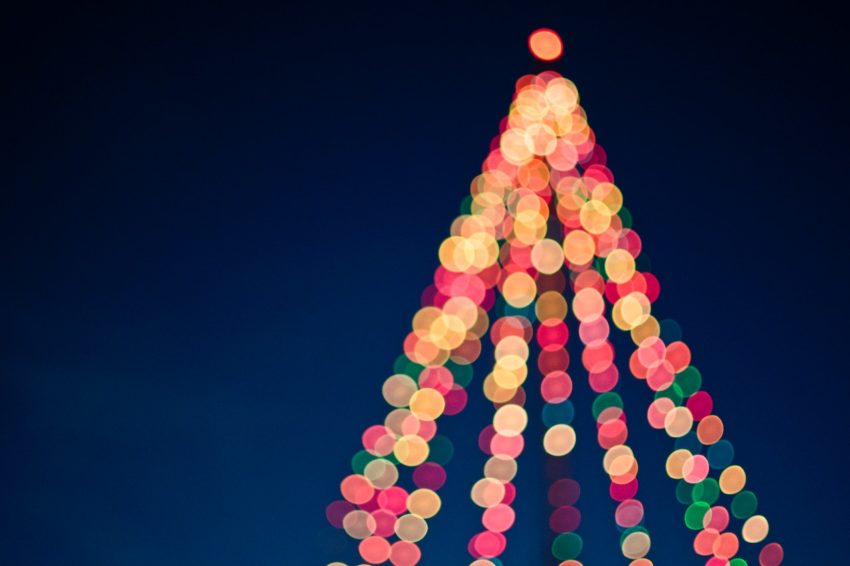One of the biggest decisions most people face when picking a Christmas tree is whether to buy a live tree or dig out an artificial tree from the attic. Live trees offer a greater level of safety, but artificial trees don’t really share their look, smell, and feel. There are fire safety concerns with both live and artificial trees, regardless of whether you choose a live tree or not.
NATURAL TREES
The best way to keep the tree alive is to make sure it hasn’t been turned to firewood before it leaves the lot. You should cut the tree yourself (or have someone do it for you) or buy a tree that is still growing. Be sure the tree you are buying is healthy and alive before you buy it. The needles should be pulled on. This item isn’t in good shape if the screws come off easily. Trunks and limbs should be sticky and flexible. Bouncing the cut end upon the ground will help you lift the tree. It is not a safe tree to take home if a significant number of needles are falling off.
Cut two inches from the bottom of the tree’s trunk as soon as you get it home. Soak the tree in water by cutting it fresh. You risk the trunk not retaining enough water to keep it moist if you don’t do this.
PRE-LIT ARTIFICIAL TREES
There have been recalls of pre-lit artificial trees in the past, so make sure your tree hasn’t been recalled before you use it. The exposed wiring, too short wiring, or unplugged cords in pre-lit artificial trees can generate electrical shocks and fires, even if they are not recalled.
It becomes drier and more likely to catch fire the longer your tree sits after the holidays. Your tree should never be burned. You may not be able to control the flames of a burning tree quickly enough. Adding tree clippings to a fireplace can cause a chimney fire. Burning pine and fir trees can also cause creosote deposits on the chimney, which can create fires later.


